Microsoft already has the tools it needs to address the Windows 'app gap'
Microsoft has a problem. In a world where computer programs are essential to personal computing ecosystems, Win32 apps are less relevant, and there's relatively little support for Microsoft's Universal Windows Platform (UWP).
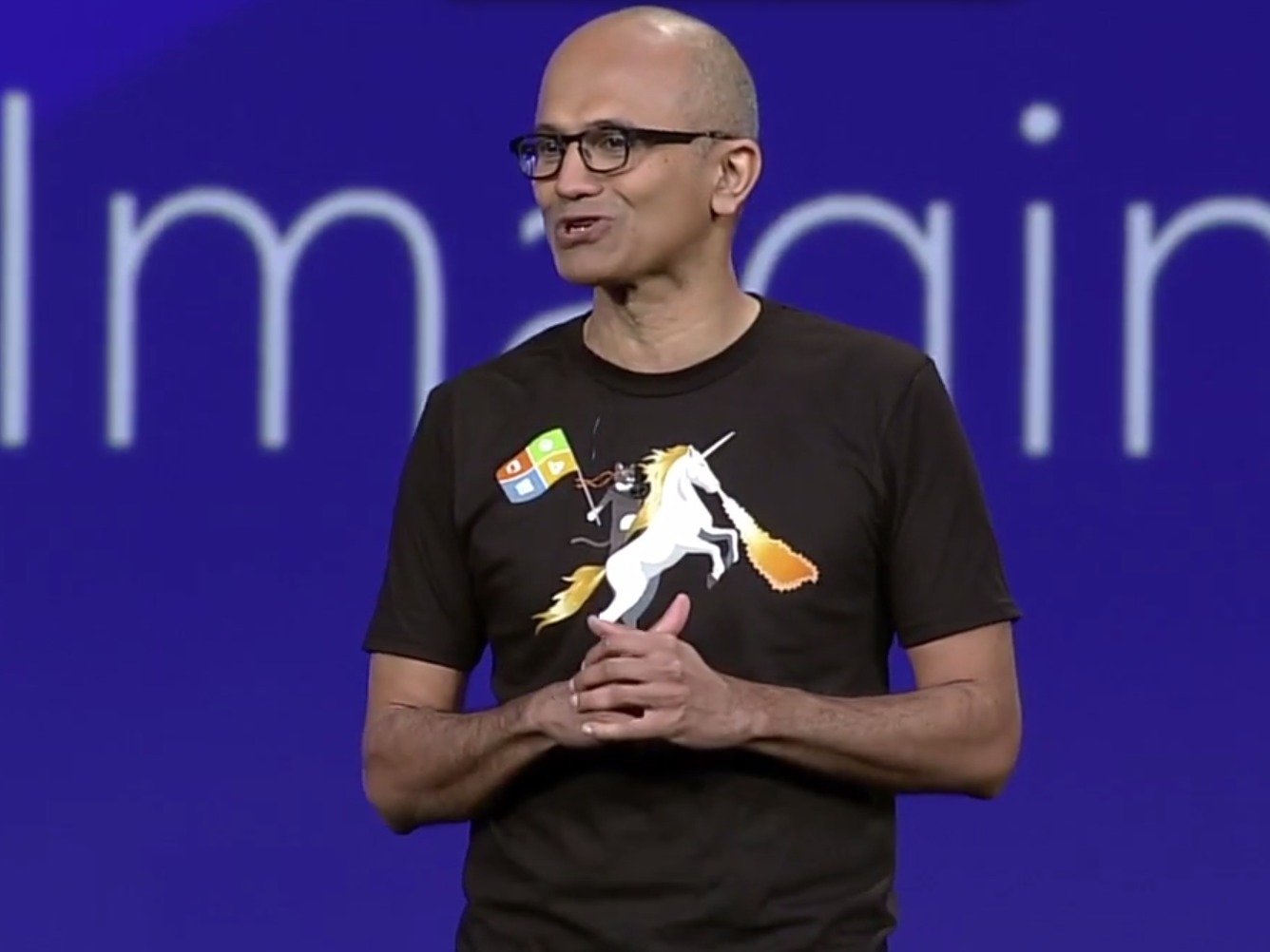
Once upon a time, personal computing was virtually synonymous with Windows. The 16 million Win32 Windows programs that developers created over the life of Microsoft's desktop OS are a testament of this. But nothing lasts forever.
Microsoft's struggling UWP is strategically positioned to address the company's challenges in mobile and to modernize its desktop platform. Its "One Windows" vision creates a shared developer platform, Store and user experience (unlike rivals' multiple OSes for different device types) for all devices.
Microsoft's developer and ecosystem problems affect its entire device family, not just phones. Success or failure with building developer relationships will have a profound impact on Microsoft's personal computing future. It seems, however, that Microsoft isn't utilizing its available tools to their full capacity to address the issue.
Examining Xamarin
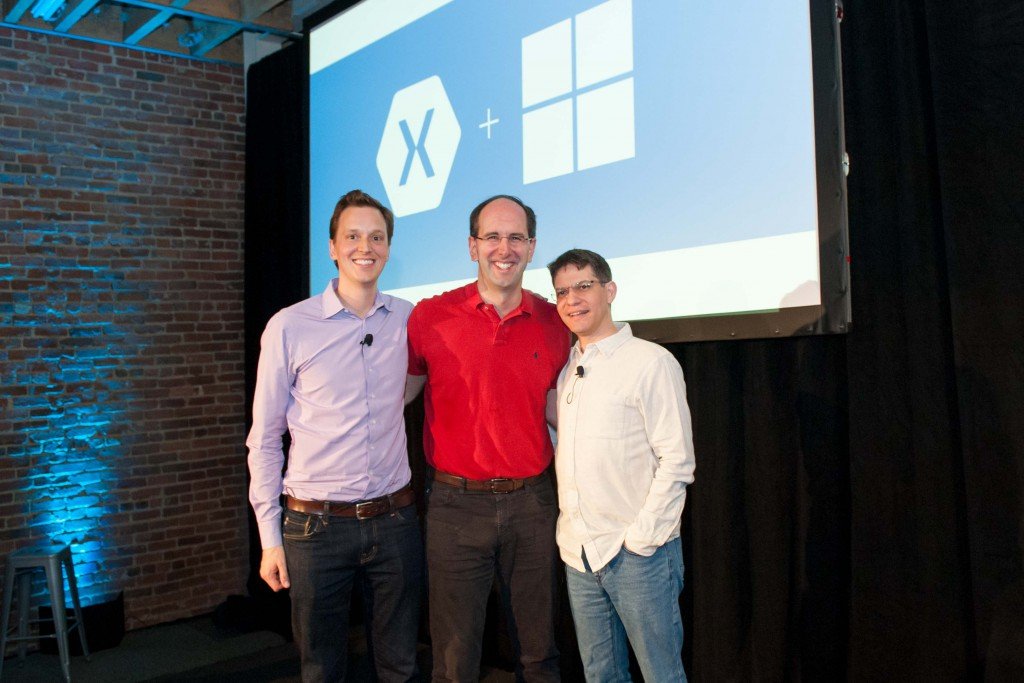
Microsoft's 2016 acquisition of Xamarin signaled Microsoft might integrate Xamarin's tools with its universal app development tools in a way not previously implemented.
Xamarin allows mobile app developers to use C# to target multiple platforms at once. With Visual Studio and UWP, Microsoft could potentially use Xamarin to position Microsoft as the platform for mobile app development. The ability to use a single tool to target all mobile platforms as a single mobile target positions Microsoft to affect the way developers think about mobile. Using Xamarin to develop for a single Windows-Android-iOS target elevates Windows (or UWP) to the same level as iOS and Android.
With Xamarin Microsoft is equipped to attempt to change developers' perception of mobile development from the current disparate iOS and Android duopoly view to a composite Windows-Android-iOS mobile platform perspective.
Why 'Xamarin' is the future of mobile for Microsoft
Get the Windows Central Newsletter
All the latest news, reviews, and guides for Windows and Xbox diehards.
The Magic of Wand
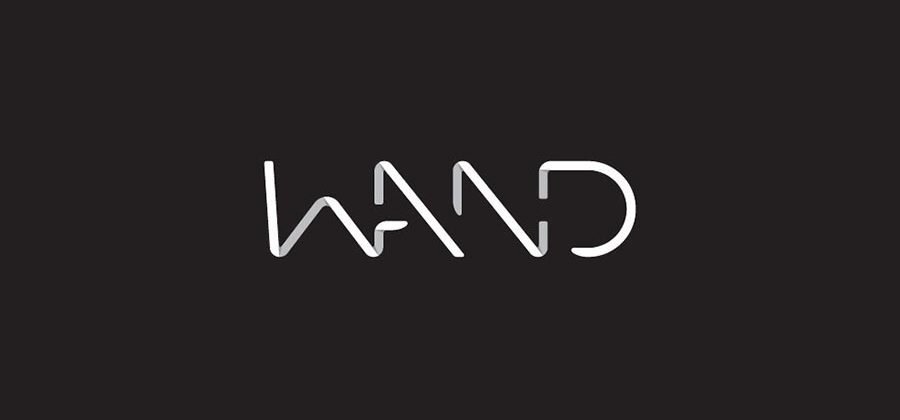
Wand Labs, which Microsoft acquired in 2016, offers a messenger-based approach to app usage. Created by Vishal Sharma, an ex-Google employee, Wand's messenger-based technology potentially fits well within Microsoft's "Conversations as a Platform" strategy.
Wand's goal was to circumvent the need to install apps and address the difficulty of sharing information stored within them. It does this by breaking apps into components called "atoms" and by converting an app's information into virtual apps that then reside in Wand's plugin. "Atoms" are a user's instance of the app. A song atom, therefore, could be shared with a person who doesn't have the app, and the receiver could then play the song via an app capable of understanding the atom.
After Wand's acquisition Sharma said
Back in 2013, my team and I embarked ... to integrate services into the chat experience ... to leverage mobile scale, natural language capabilities, and third-party services to enable users to easily access and share any authorized service or device.

As part of Microsoft's platform play to use messenger platforms to "do things" via bots and AI, Wand's messengers-based solution seems a perfect fit to help address, at least in part, the app problem.
So where's the magic?
App bridges and progressive web apps
In 2015, Microsoft introduced app bridges. The Android bridge Astoria was canceled. The remaining bridges allow iOS, Win32, and Web developers to bring apps to UWP via the Islandwood, Project Centennial and Westminster bridges, respectively.
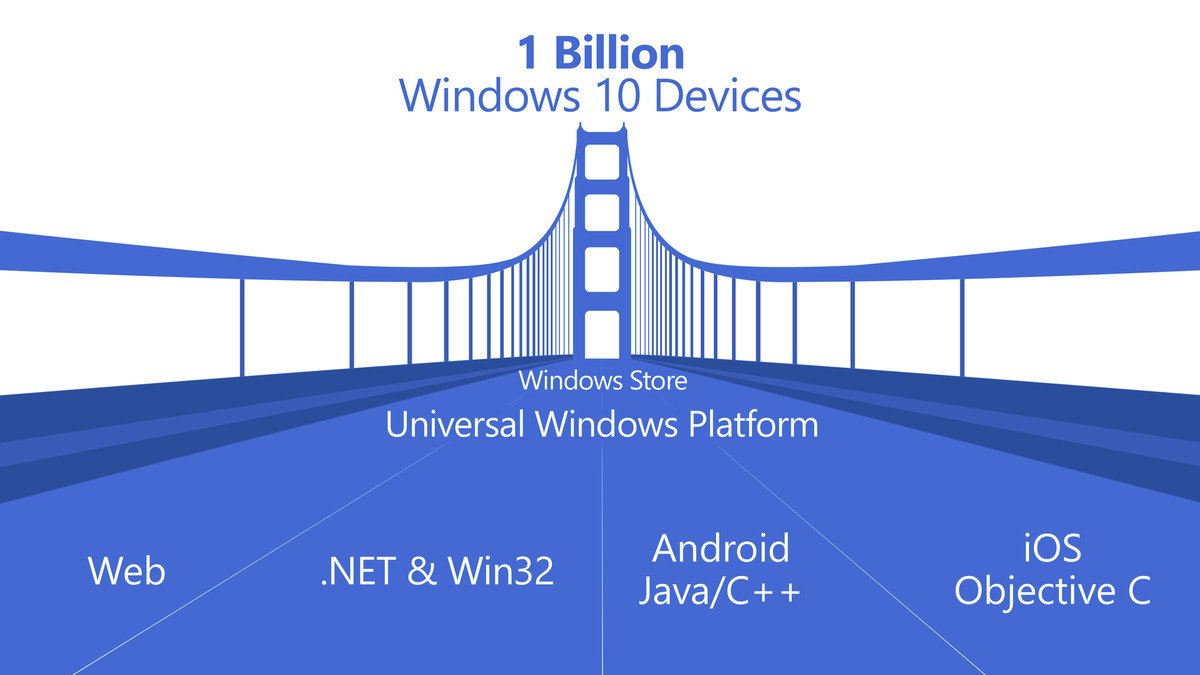
Project Centennial has seen the most activity of the three bridges with announcements and sessions at Build 2017. Microsoft's Principal Program Lead Stefan Wick has also provided updates on Project Centennial via LinkedIn. With the launch of Windows 10 S, coming cellular PCs and a potential ultramobile PC to follow, a modernized desktop experience via Centennial apps is paramount.
Microsoft's recent embrace of Google's Progressive Web Apps (PWA) which makes web-based experience's more app-like, is a sign that we may see more activity with Westminster. Westminster allows developers to convert a progressive web-app page to UWP enabling functions like notifications, Cortana integration, live tiles and more.
The untold app gap story: The mobile web
Since much of our app behavior revolves around just six core apps and mobile web properties are engaged at higher rates than apps, Westminster and progressive web apps may help Microsoft bridge the app gap.
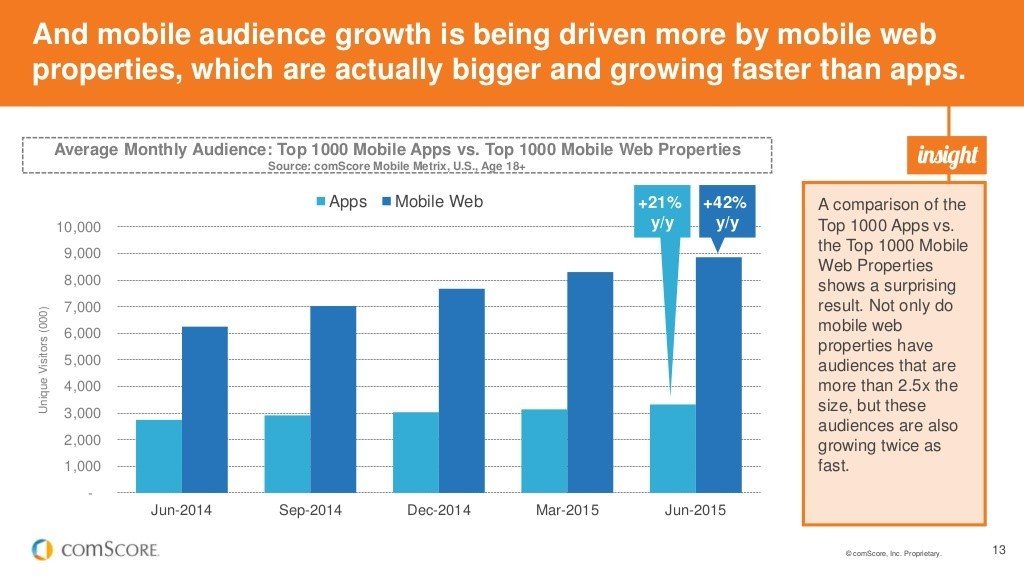
If Microsoft puts its weight behind Xamarin, Wand, the app Bridges and bots, it may make progress in building developer relationships that will help it bridge the app gap. If it doesn't, the story of these investments may remain perpetual "what ifs" long into the future.
Related resources
Jason L Ward is a columnist at Windows Central. He provides unique big picture analysis of the complex world of Microsoft. Jason takes the small clues and gives you an insightful big picture perspective through storytelling that you won't find *anywhere* else. Seriously, this dude thinks outside the box. Follow him on Twitter at @JLTechWord. He's doing the "write" thing!

